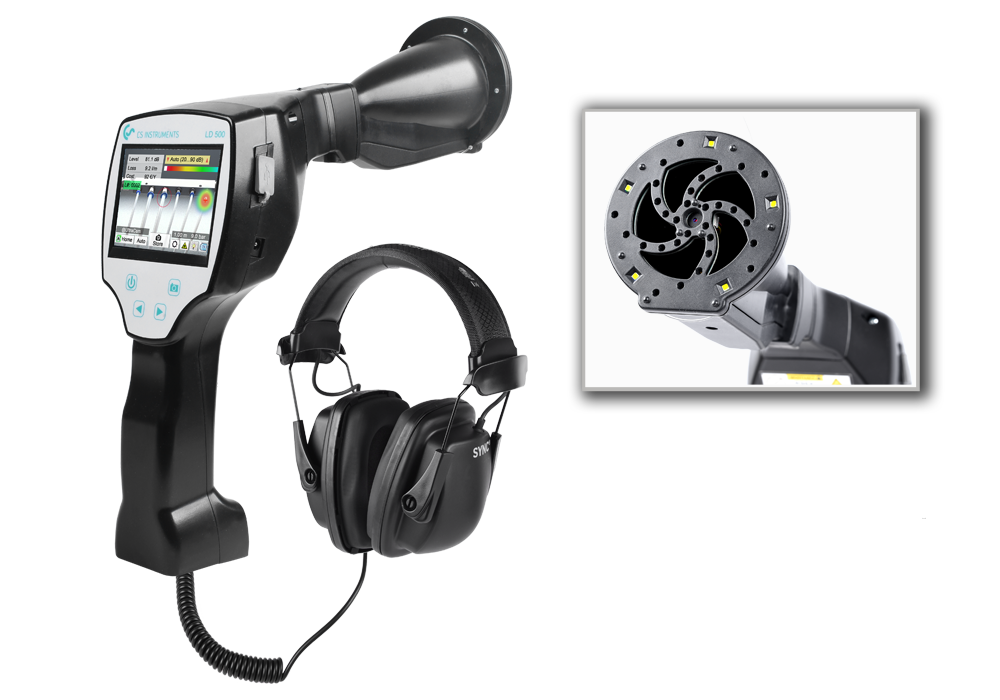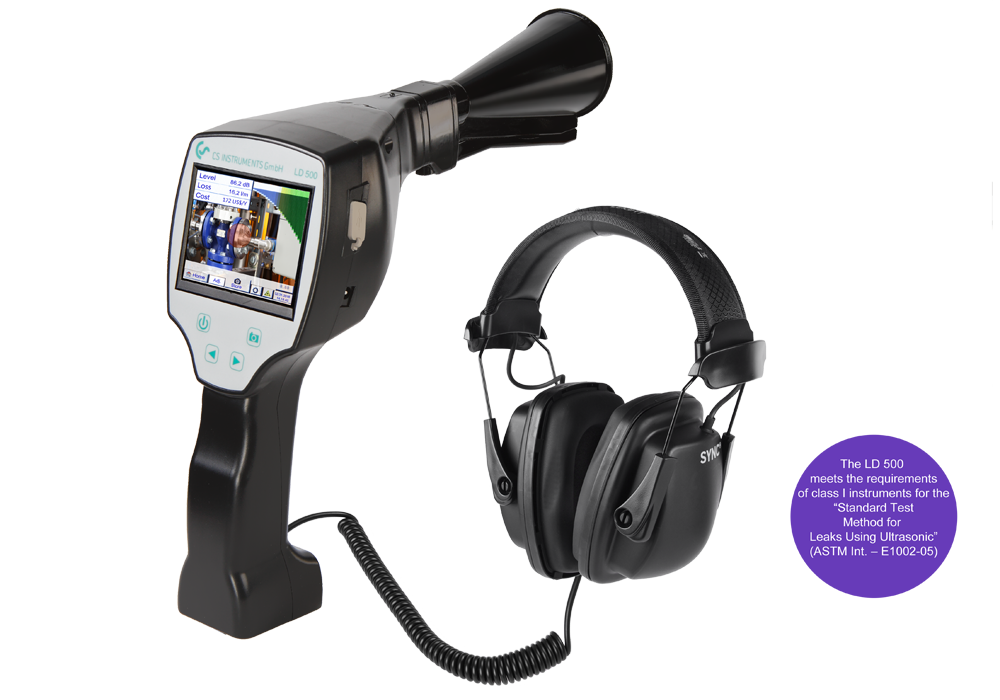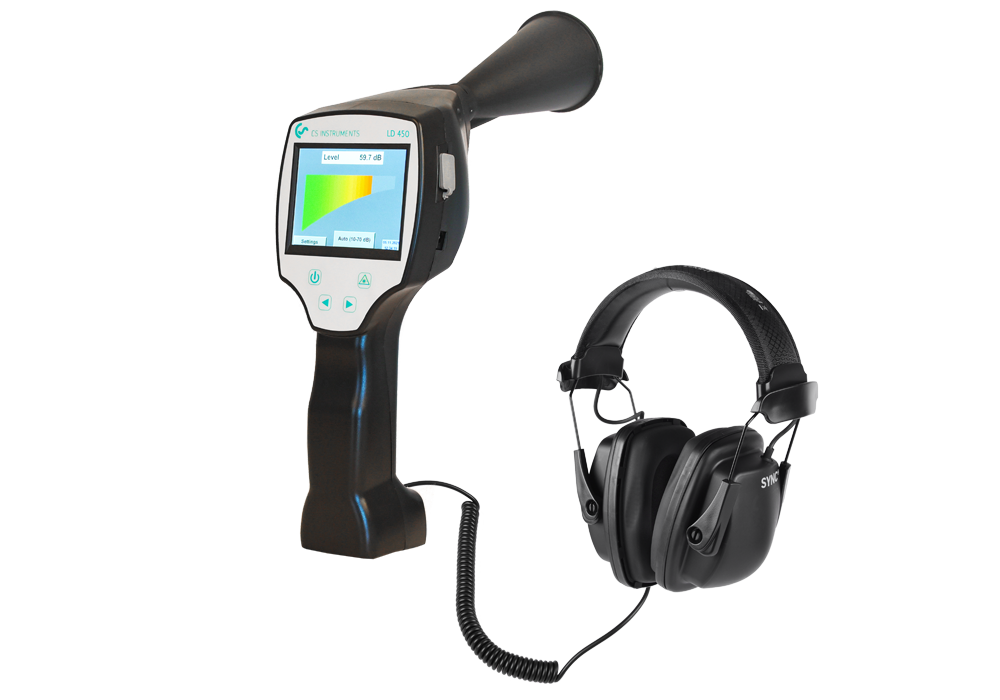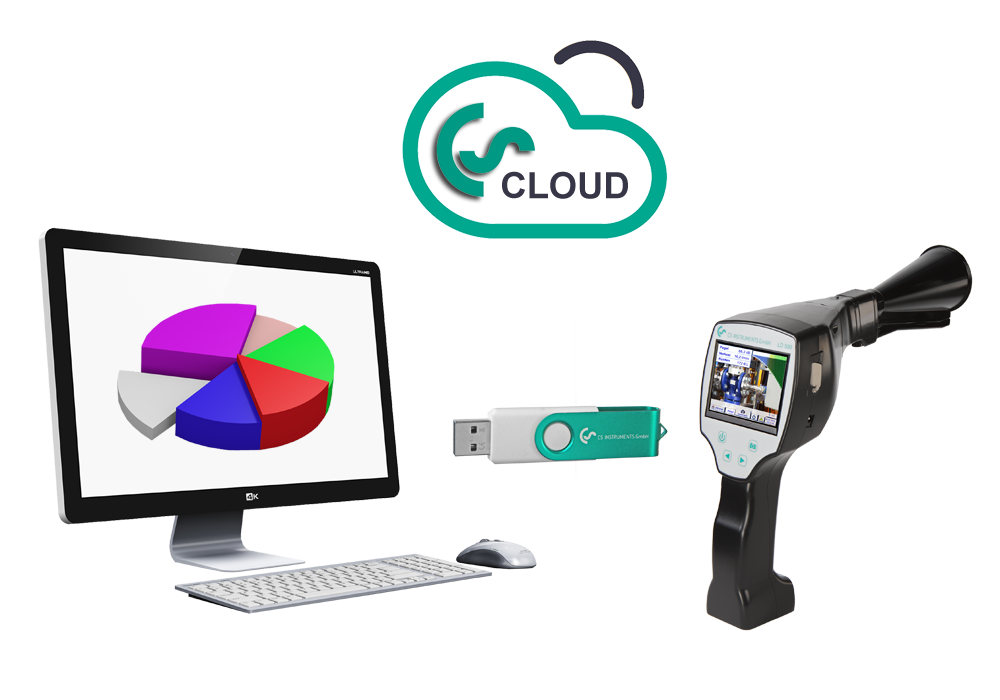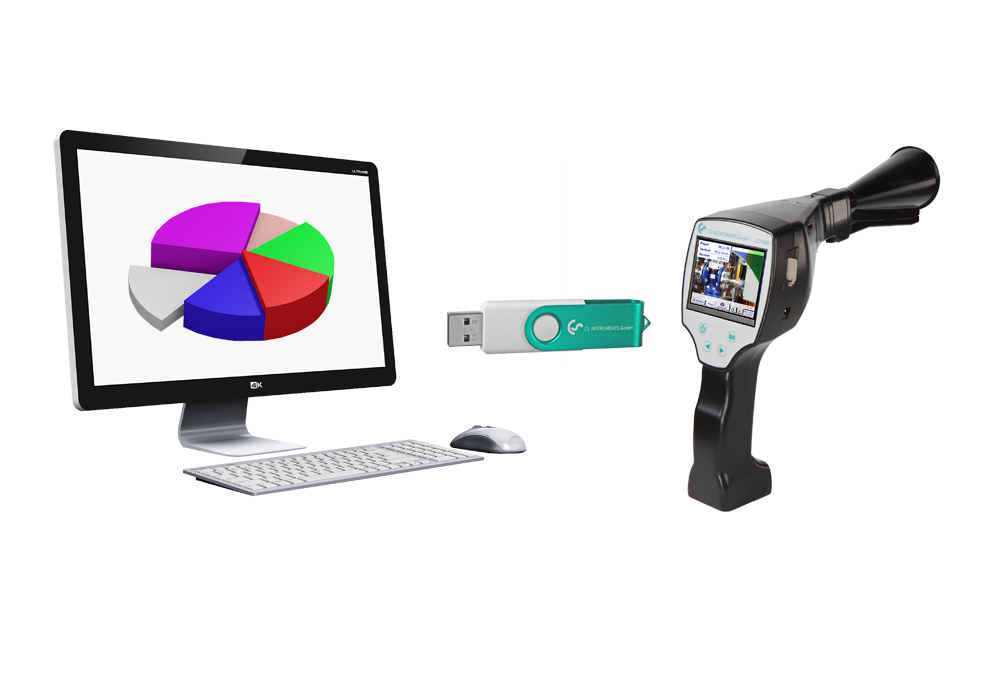Which ultrasonic leak detection device is the right one?
Since 2006, we have been working with our users to develop innovative solutions for ultrasonic leak detection of gases under pressure. Our first device, the LD 300, made ultrasound audible in noisy environments for the first time. Through continuous feedback from the field, we have constantly optimised and further developed our devices.
A comparison of our current leak detection devices:
- LD 450: Precise leak detection with audible leak signals in the headphones.
- LD 500: Also calculates leakages and cost savings and enables leak documentation.
- LD 500 with UltraCam: Makes leakages not only audible, but also visible - for faster and more accurate localisation.
- LeakCam 600: Detects multiple leaks simultaneously thanks to Power Beam Forming and offers a high-resolution camera as well as a modern, intuitive user interface - for even easier leakage documentation.
Our experts will be happy to help you choose the right device!

